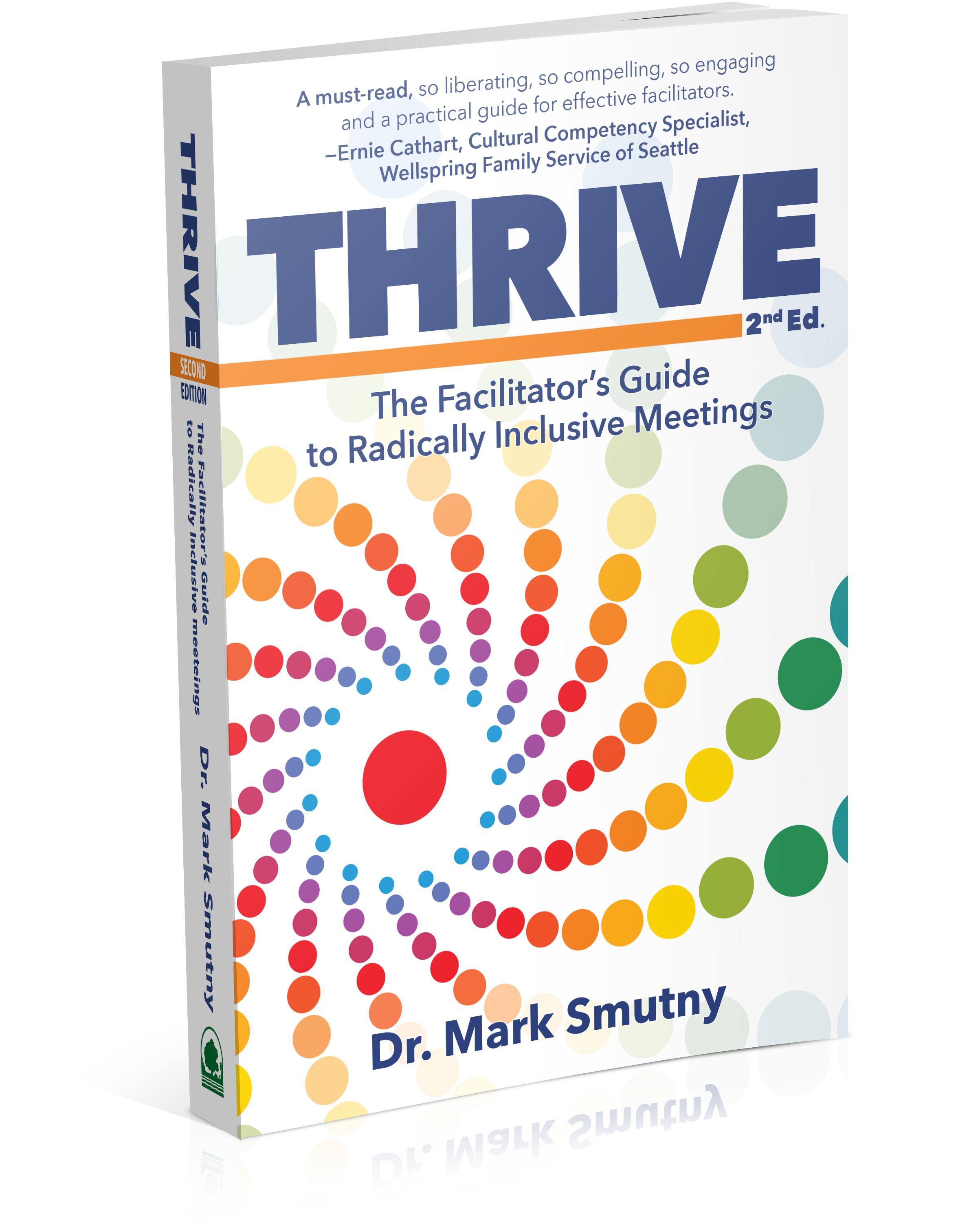 Conflict and the Art of Listening Well
Conflict and the Art of Listening Well
Listening well when facing conflict and criticism can be difficult, yet it is essential for effective communication. When we are criticized, our instinct is to fight back with criticism and defensiveness. When listeners respond to criticism with criticism, an unproductive cycle of attack and counterattack can rapidly spin out of control. Within seconds, communication breaks down and hurt feelings dominate.
Two advanced listening skills, fogging and negative inquiry, break the cycle of criticism and allow for more productive communication. Fogging calms the critic by agreeing with the truth in the critic’s comments. Negative inquiry is a way to turn your critic into your teacher and will be discussed in my next post.
Fogging
Fogging is a listening skill used when facing criticism. Responding well to critical comments is one of the most difficult listening skills to learn and most useful. Most of us respond to criticism by changing the subject, attacking, criticizing back, or going quiet. None of these gives productive results. This is true in marriages, international relations, labor contract negotiations, and when facilitating polarized meetings. Defensiveness, counterattacks and extended silence go nowhere fast.
“You’re being defensive.”
“No, I’m not. You seem defensive.”
“I do? No way. What’s your problem?”
Like Hitting a Fog Bank
The purpose of fogging is to offer no hard resistance to your critic.
Speaker: You’re being defensive.
Listener: I have been known to feel defensive.
Speaker: I wish you could hurry things up and get this group moving.
Listener: I could do a better job of making things move along.
Fogging is called “fogging” because it is like hitting a fog bank. There is no rebound as when striking a hard surface. A bank of thin vapor swallows the harsh fist of criticism. The listener refuses to fight back. Fogging agrees with anything in the statement the critic makes that is true for you. Do not compromise your integrity. Use the skill truthfully.
How Fogging Works
Fogging works with several different stems:
“That’s right.”
“You’re probably right.”
“I guess you’re right.” “You could be right.”
“There’s truth in what you say.”
“I hadn’t thought of it that way before. Thank you for sharing that.”
These statements generate fog. They communicate you won’t play the game of criticism and its endless cycle of back-and-forth. The soft con tours of fog replace the hard edges of criticism. When tempers are high, combining fogging with other listening skills, can help deescalate the conflict and engage people in respectful dialogue. When you incorporate fogging in your listening skill toolkit, you’ll be better equipped to cope with criticism, difficult people and polarized settings.
 More Resources
More Resources
For more resources on conflict resolution strategies that build inclusion and mission success, visit https://civicreinventions.com, call Mark Smutny at 425.405.5615 or email mark.smutny@civicreinventions.com. Order your copy of the award-winning book, Thrive: The Facilitator’s Guide to Radically Inclusive Meetings, 2nd ed.
